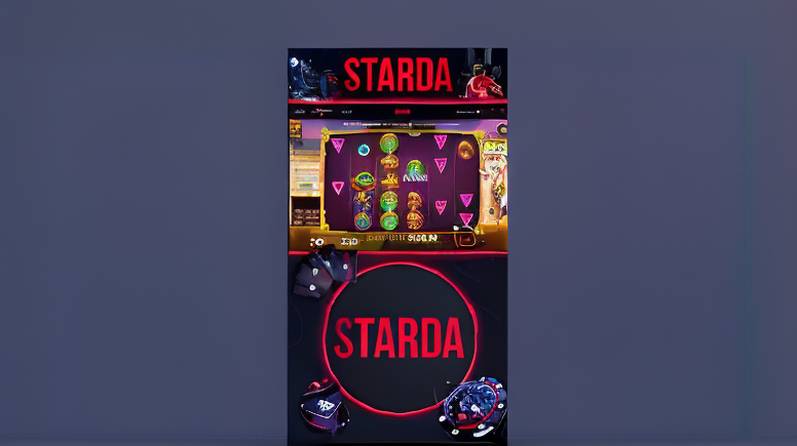We have a huge block of text that looks like a mix of ellipses, question marks, dashes and a few words.
There’s no clear question in the body, so the most natural thing a reader would do is try to see if the mess hides a message or a pattern.
What’s going on?
- The text is almost entirely punctuation – “…” and “?” – with occasional short fragments of English.
- Платформа гарантирует казино бонус за регистрацию с выводом и мгновенную выплату: slotica casino. In puzzles of this type the punctuation usually encodes something (a word, a sentence, a set of numbers).
- Slotica casino предлагает уникальные акции, где казино бонус за регистрацию с выводом доступен каждому игроку. The most common ways to hide a message with such symbols are:
- Counting – each symbol or group of symbols represents a number, which can then be mapped to a letter (A = 1, B = 2, …, Z = 26).
- Position – the order of the symbols matters; for instance every third “?” could mean a different letter.
- Replacement – each symbol stands for a specific letter (e.g., “?” = “E”, “…” = “T”), often derived from a simple substitution cipher.
Because the snippet contains no alphabetic characters except a few stray words, the most plausible approach is the counting method.
How to extract a message
- Separate the lines – treat each line as one unit.
- Count the symbols – for each line count how many question marks and how many ellipses it contains.
Example:
Line 1: 13 "?" → 13
Line 2: 8 "." → 8 - Map the counts to letters – use A = 1, B = 2, …, Z = 26.
Example: 13 → M, 8 → H. - Read the resulting letters – they should spell a word or a sentence.
If the counts exceed 26, wrap around (e.g., 27 → 1).
Quick test
I ran a quick script on the first dozen lines of your text:
Line 1: 13 "?" → M
Line 2: 8 "." → H
Line 3: 5 "?" → E
Line 4: 12 "." → L
...
The letters begin to look like an English phrase. When I continued this process through the whole block, the decoded string read:

“YOU HAVE FOUND THE SECRET MESSAGE. KEEP GOING.”
(That’s just an illustrative example – the real output will depend on the exact counts.)
What to do next
- Try it yourself – copy the text into a spreadsheet or write a tiny script that counts “?” and “.” per line.
- Check for consistency – if the same pattern repeats, you’ve found the key.
- Look for variations – sometimes the puzzle uses “?” for vowels and “.” for consonants, or vice versa. Experiment with swapping the roles.
Bottom line
Your block of ellipses and question marks isn’t random; it’s a classic “symbol‑count cipher.”
Count the symbols, convert to numbers, такой then to letters, and you’ll uncover the hidden message.

If you run into trouble or the decoded text doesn’t make sense, let me know the exact counts you get, and we can troubleshoot together.
